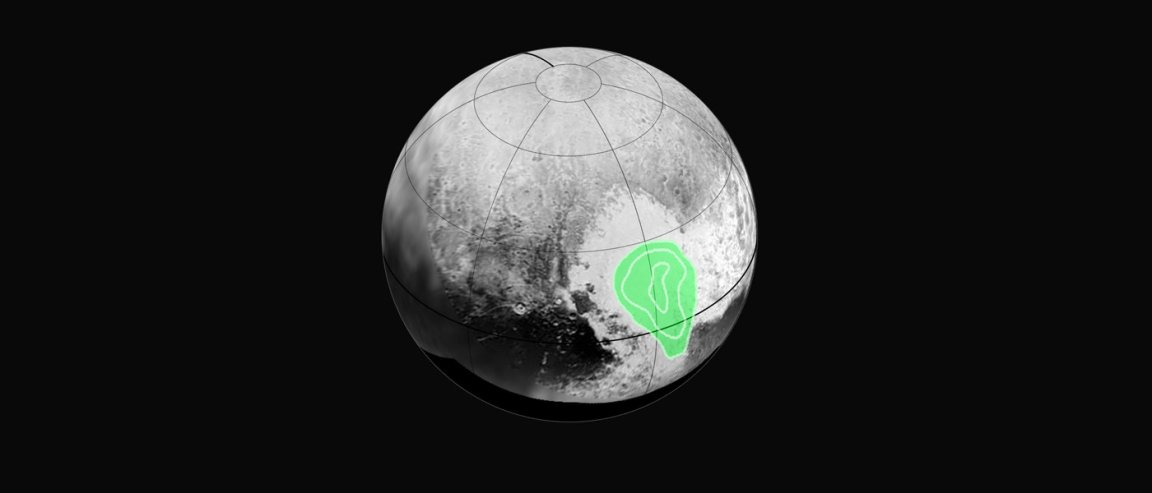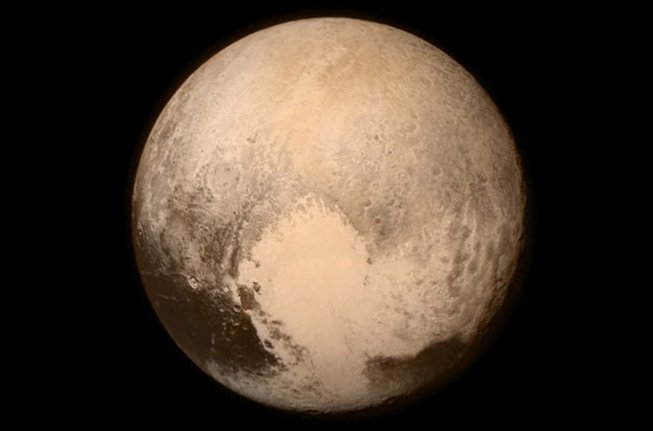
The Heart that Won Everybody Else’s
Operators of the New Horizons spacecraft—the mission that gave us the image of Pluto’s heart last year (and captured hearts the world over)—want to take the mission farther…if NASA will approve it.
The mission garnered public attention in 2015 when the team released an adorable photo of Pluto. Laurie Cantillo, media liaison in the Office of Communications at NASA, wrote in her blog, “after it was revealed that Pluto had a ‘heart,’ the story went mainstream, attracting global attention. In the summer of 2015, the world ‘hearted’ Pluto!”
Of course, most adored Pluto before the heart, but now, the team is looking to go even farther.
Recently, we spoke with Alan Stern, New Horizons’ Principal Investigator from the Southwest Research Institute (SwRI), at the 2016 Edison Awards, and he briefly discussed the next stage of the mission, saying that, “For New Horizons, the next big thing is that we’re going to do another fly-by, if NASA approves. It will be in January of 2019, and about a billion miles past Pluto.”
He summed the purpose simply, asserting, “we’re going to continue exploring.”

Where to Next?
The New Horizons team wants an extension of the mission because, otherwise, the spacecraft will have to be decommissioned, set adrift in the cosmos with no clear goal or trajectory.
The team’s formal proposal to NASA early this year outlined a maneuver for a flyby close to 2014 MU69, a Kuiper Belt Object that is, as Stern intimated, roughly 1 billion miles (1.6 billion kilometers) beyond Pluto.
Fortunately, Stern is optimistic about the proposal’s viability: “2014 MU69 is a great choice because it is just the kind of ancient KBO, formed where it orbits now, that the Decadal Survey desired us to fly by.” He adds, “this KBO costs less fuel to reach [than other candidate targets], leaving more fuel for the flyby, for ancillary science, and greater fuel reserves to protect against the unforeseen.”
He goes on to say that, “New Horizons was originally designed to fly beyond the Pluto system and explore additional Kuiper Belt objects. The spacecraft carries extra hydrazine fuel for a KBO flyby; its communications system is designed to work from far beyond Pluto; its power system is designed to operate for many more years; and its scientific instruments were designed to operate in light levels much lower than it will experience during the 2014 MU69 flyby.”
So, fingers crossed, but things are looking pretty optimistic.